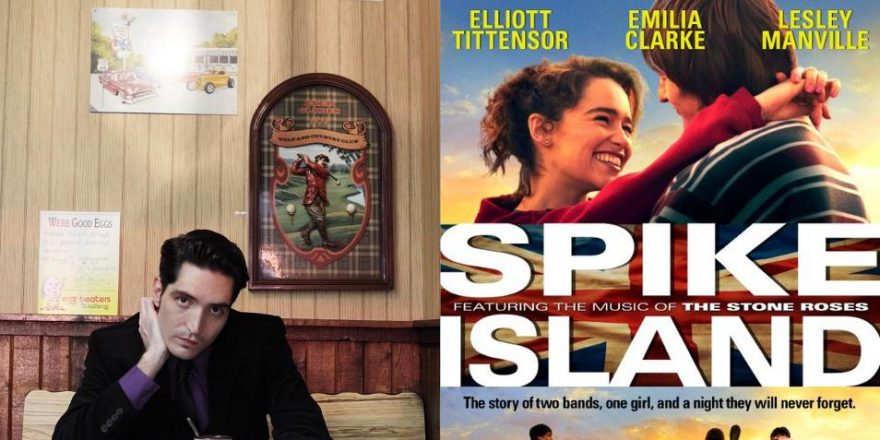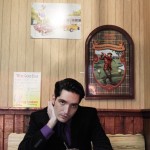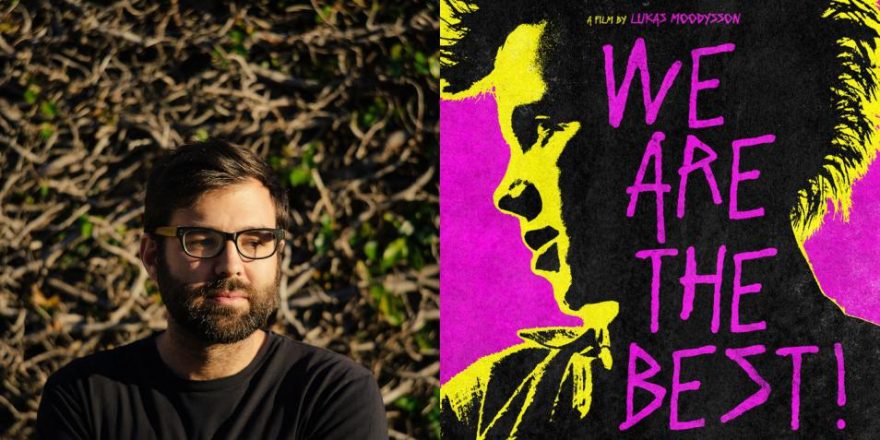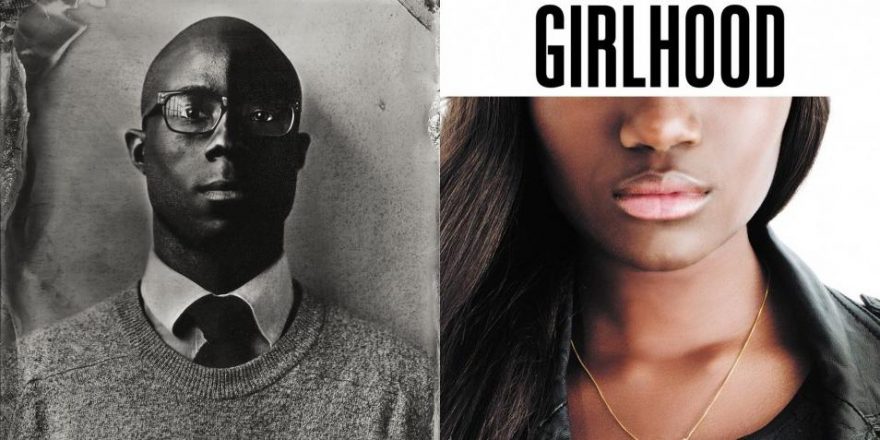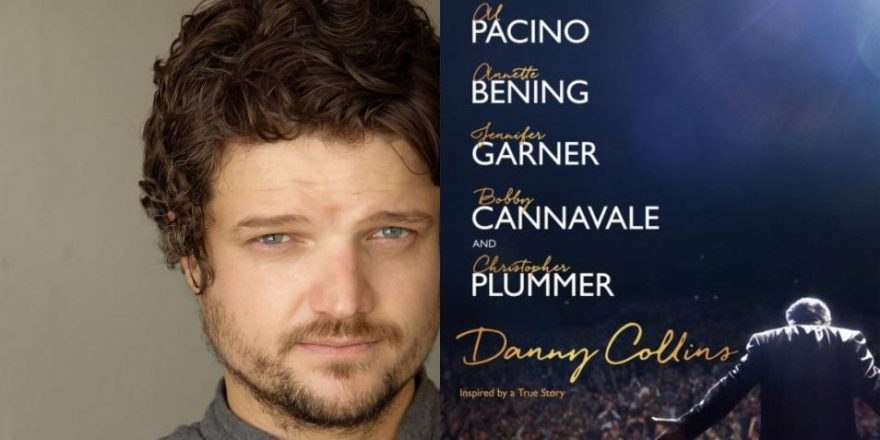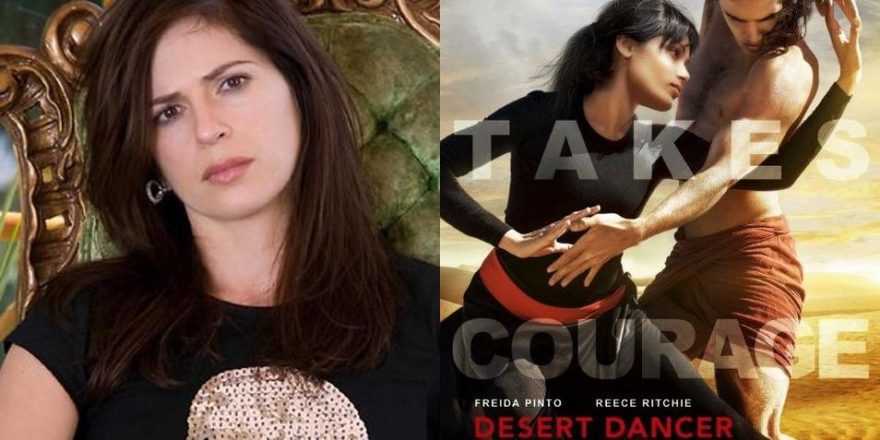A bright and light look at a group of aimlessly rebellious teen bandmates (and die-hard Stone Roses fans) in Manchester, Spike Island sparks a good deal of ’90s nostalgia. As the hours close in on the Stone Roses’ legendary 1990 concert on Spike Island, the teens run the gamut of recklessness, girl-chasing, family drama and, most importantly, laying down their own band’s sweet ’90s rock jams on a tape cassette recorder in the hopes of capturing the next “I Am the Resurrection” and getting discovered by the members of the Stone Roses themselves.
My friends and I had a rock band in high school, Atrium, and we were hell-bent on swilling as much cough syrup, playing as many gigs, chasing as many girls and rocking as hard as possible. Chasing the style of our rock heroes at the time (a bizarrely eclectic assemblage of bands including Rush, Pearl Jam, Queen, Stone Temple Pilots, Radiohead and… Boston?), we spent hundreds of hours in our drummer’s parents’ basement, slamming Natural Lights and playing all of our teenage malaise into the magic escape of music.
Strangely, before I even knew that I was going to be watching and writing about Spike Island, I had already spent several days revisiting some of the classic, music-centric ’90s teen-rebellion flicks, such as Empire Records and Pump Up the Volume. (FYI: Happy Harry Hard-On is still really fucking cool.) It’s been a bit of a nostalgia buffet. With the fun recollection of oversized shirts, Doc Martens and rock festivals (my own personal version of “Spike Island” was trying to sneak into an early incarnation of Lollapalooza at the Sandstone Amphitheater in Bonner, Kansas, when I couldn’t score tickets) comes the dark remembrance of being a teenager and feeling like you were always on the outside of the party to which everyone else had received an invitation.
The dream of being a rock star lived in most of us growing up — hoping to transcend what promised to be a mundane and meaningless series of patterns that were going to carry us off into the constrictions of adulthood. Watching Spike Island’s young protagonists (led by Elliot Tittensor’s Gary “Tits” Tichfield) amble around their industrial working-class neighborhood, fighting and dreaming (and not doing much actual band practice), reminded me of that kind of inexplicable, unfocused anger and frustration that arises in teendom. An exasperation with everything everywhere is embodied in the film’s characters. They want to fight against everyone, even the well-meaning rector who tries to reason with the band after they vandalize their school.
The story ranges furthest from familiar depictions of angsty adolescence when the heroes finally arrive at Spike Island. Those scenes sparked the strongest chords of recollection for me, and took me back to the summer that my friends and I crammed into our pal Melanie’s Nissan and drove the 1,200 miles from Kansas City to upstate New York in order to attend Woodstock ’94. We were idealists and naïve when we embarked on that trip, filled with the expectations of everything we’d hoped and smoked and dreamed up in our years watching the legendary doc Woodstock (1970) and listening to the rock icons that we knew would be assembled on those stages. We fared much better at the festival than the characters in Spike Island, but our confrontation with reality was just as biting by the end of week. We stood at the foot of the stage, covered in mud, surrounded by ATMs, banner ads and “Sponsored by Pepsi” stickers slapped on every available space. We had seen behind the curtain and it wasn’t anything like what we’d hoped or imagined it would be.
While Spike Island is never as groundbreaking or audacious as the rock ’n’ roll youth-rebellion films I love — Quadrophenia, The Commitments, Rock ’n’ Roll High School — it nonetheless boasts some very strong performances from the young cast and a rad soundtrack, including numerous Stone Roses songs. And when you break it all down, what is a high school rock ’n’ roll youth-rebellion film without an awesome soundtrack? The music is the thing. The chaos and confusion that fuels the front-row energy at the concert, that scrawls some meaningless scatological graffiti on the bathroom stall, furiously resisting the invisible conveyor belt that pulls us all away from the freedom of being 15 into the inevitable responsibility and mortality represented by adulthood.
In the words of the Stone Roses’ “She Bangs the Drums”:
“Kiss me where the sun don’t shine
The past was yours
But the future’s mine
You’re all out of time.”



